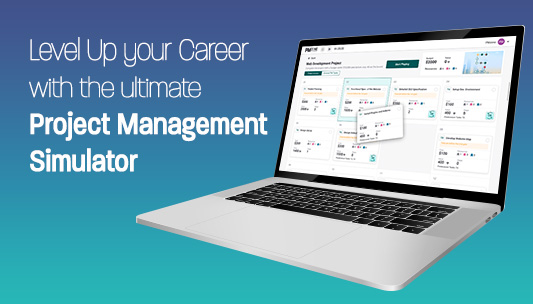The road to the project’s final service or product is often paved with many interim deliverables—each of which must be complete in and of itself, of suitable quality and coordinated with all other deliverables, all while ensuring that:
- The quality level demanded by the client and primary stakeholders is maintained.
- The project deliverables are developed according to client specs and project objectives, and that they reflect the decisions that were arrived at throughout the course of the project.
A clear documentation system and organized work processes are necessary to ensure that the final deliverable reflects all project requirements and changes made throughout the project.
The main deliverables were originally identified at the preliminary planning stage while defining the project lifecycle table. In the detailed planning stage, each of those main deliverables was divided into interim deliverables, which means new deliverables had to be developed within the project framework and added to the work plan.
Managing the work performed to fulfill these deliverables and sub-deliverables, as well as all control activities related to these deliverables, must focus on two things:
- How well these deliverables meet project requirements.
- The objective quality of the deliverables.
For this to be possible, a clear and comprehensive list of all deliverables and sub-deliverables is needed, as well as a control mechanism to analyze each deliverable and ensure its completion and quality.
A deliverables report should include the following data:
- Deliverable Name
- Responsible Party
- Controls on the Deliverable
- Due Date
- Status
Control activities are designed to guarantee both completion and quality of project deliverables and should be performed on a continuous basis as the various deliverables are developed—not just at the completion point of each.
Performing monitoring activities too late in the process might reveal problems that are too difficult or expensive to fix after the fact. Therefore, it is crucial to integrate this type of control into the project flow.
In fact, the later a mistake is discovered in the process, the lower will be the quality of the solution and the higher the cost.

It is important to identify early indicators of project problems and therefore identify and monitor:
- The amount of errors in each deliverable according to the type of deliverable
- The amount of errors in each deliverable by severity
- The amount of errors in each deliverable according to the person responsible for the completion of the deliverable
